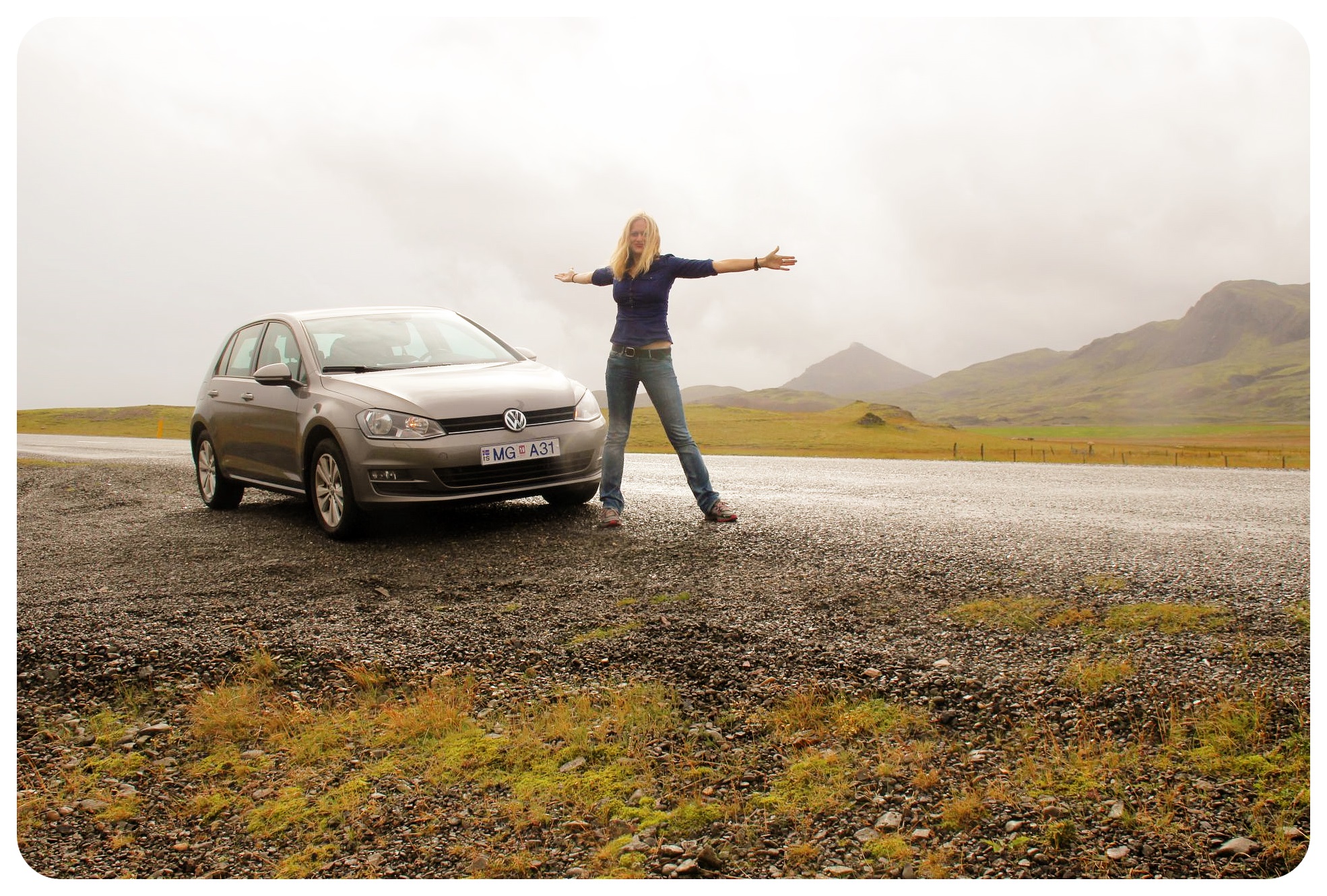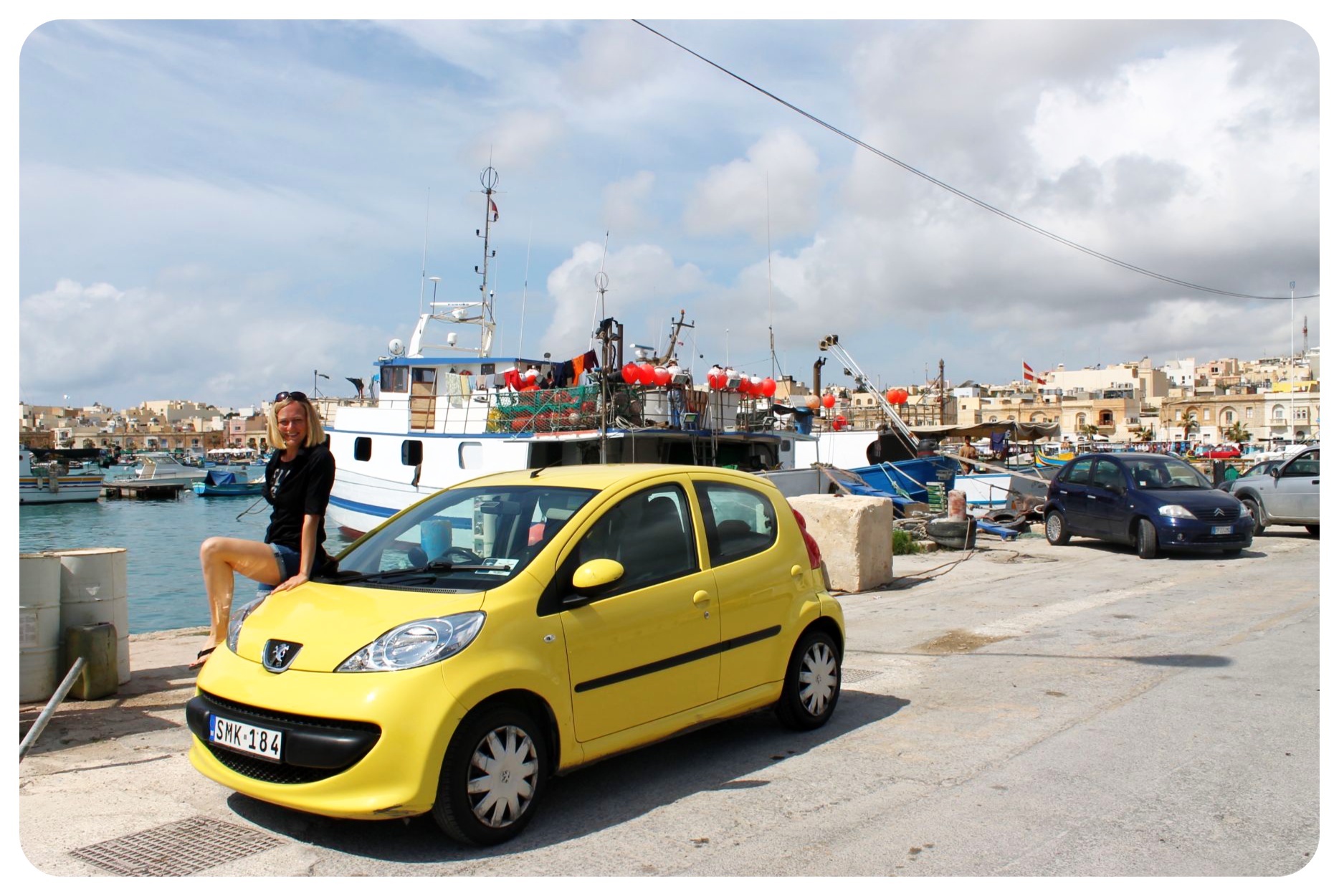Last Updated on July 19, 2024
Heading out on a solo road trip can be an amazing adventure, filled with the thrill of freedom and a chance for some deep self-reflection. Imagine cruising through breathtaking landscapes, wandering around charming little towns, or finding peace in the heart of nature—the possibilities are endless. But when you’re traveling alone, keeping safe becomes super important. To help you have a worry-free and enjoyable journey, we’ve put together some top tips that will make your solo road trip experience even better.
Safety essentials
Pack a roadside emergency kit in case of unexpected situations. It should include essentials like a first aid kit, flashlight, spare batteries, water bottles, blankets, non-perishable snacks, and a map. Keep important documents, including your driver’s license, insurance information, and emergency contacts, readily accessible. Before setting off every day, review your route and destination plans to stay on track and avoid getting lost.
Vehicle maintenance
Ensure your vehicle is in optimal condition before setting off on your solo adventure. The last thing you want is to have a breakdown when you’re miles away from civilization! RACQ completed a whopping 755,000 Queensland roadside rescues in the 2023 financial year. To mitigate the risk of this, schedule a comprehensive inspection, checking essential components such as brakes, tires, fluid levels, and lights. Carry a spare tire, jack, and basic toolkit in case of emergencies. Regular maintenance can keep you safe on the road.
Plan your route
Before hitting the road, take the time to plan your route thoroughly. Research the destinations you want to visit, along with potential stops for rest, food, and petrol. There’s lots of information online about different routes and their features, like this index by Compare the Market. Consider factors such as driving distance, road conditions, and weather forecasts. Plotting your course in advance can help you stay organized and minimize unexpected challenges along the way. It also lets you give an itinerary to loved ones back home, providing an extra safety step.

Stay connected
While it can be a fun idea to go out on a disconnected road trip, keeping in touch with loved ones back home can prove a handy security measure. Maintain regular communication with friends or family members throughout your journey. This could include sharing your itinerary and check-in periodically to update them on your progress, or sending photos of your day. Consider using location-sharing apps to provide real-time updates on your whereabouts. Having a support network can offer peace of mind and assistance in case of unforeseen circumstances.
Plan accommodation wisely
Research accommodation options along your route and book accommodations in advance whenever possible. Choose reputable hotels, motels, or campgrounds with positive reviews and secure facilities. If you feel comfortable doing so, inform the staff that you are traveling alone and request a room in a well-lit area for added security. Consider alternative lodging options such as Airbnb or camping for a unique experience, but always prioritize safety and comfort.
Embrace solo adventures
Solo road tripping offers the freedom to explore at your own pace and pursue your interests without compromise. As we grow older, many of us may lose our ability to travel solo due to other commitments and responsibilities. Therefore, take advantage of this opportunity to immerse yourself fully in the experience. Be open to spontaneous detours and unexpected discoveries along the way. Whether it’s capturing breathtaking landscapes, sampling local cuisine, or engaging in outdoor activities, embrace every moment of your solo adventure with enthusiasm and curiosity.

Connect with other travelers
Although solo road tripping means traveling alone, it doesn’t necessarily mean being completely isolated. Take the opportunity to connect with other travelers along your route, whether it’s at a rest stop, campground, or tourist attraction. Strike up a conversation and exchange stories and recommendations, or even join them for part of their journey. You never know, you may end up making new friends or finding travel companions for future trips.
Trust your instincts
Your gut is a powerful tool. Above all, trust your instincts and listen to your inner voice when embarking on solo travel. If something feels off or unsafe, don’t hesitate to change course or seek assistance. Stay alert and aware of your surroundings, and don’t hesitate to ask for help if you need it. Remember that your safety and well-being are paramount, and it’s absolutely okay to prioritize them above all else.
Solo road tripping can be a transformative experience, allowing you to connect with yourself and the world around you in profound ways. By making sure to prioritize safety, plan diligently, and stay mindful throughout your journey, you can embark on a solo adventure with confidence and enjoy every moment to the fullest.






